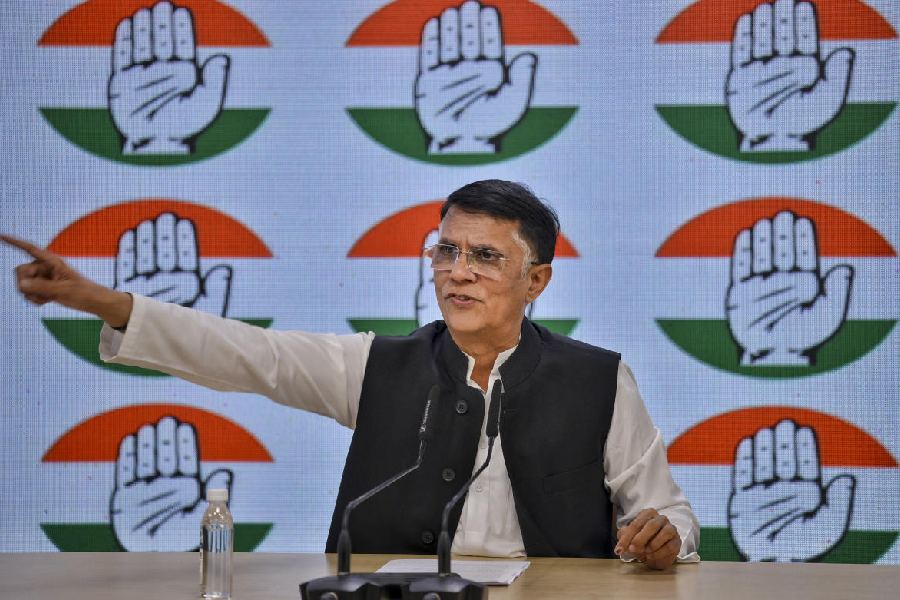Geoengineering as a means to slow climate change is one of the most contentious subjects in the field of climate science.
Along with being heavily debated within the scientific community itself, the topic is divisive among the general public.
Geoengineering describes the human attempt to halt the effects of climate change using technology.
The idea was first introduced during the Cold War but only became popular in 2006, when a Nobel Prize winning chemist named Paul Crutzen published a paper advocating for an "escape route" from global warming by artificially manipulating the atmosphere to counter C02 emissions.
Over the past fifteen years, experiments have been conducted to understand how this type of technology, like artificial clouds for example, could be developed and eventually deployed.
But it's currently illegal to facilitate any sort of geoengineering at a large industrial scale, because no one fully understands what effects it could have on other parts of the environment.
The pros and cons of geoengineering
When considering the use of geoengineering, people in the general public and climate scientists alike tend to follow two lines of argument.
Some say that geoengineering the climate is too risky. They argue that the only way to reverse or at least slow the impact of manmade global heating is to stop releasing greenhouse gasses into the atmosphere. More intervention will just cause more problems, they say.
Others agree that climate change mitigation is the main way the climate crisis will be addressed, but say that relying on emission reduction alone isn't enough, because the political will required to lower emissions to the degree necessary just isn't there. They think geoengineering might end up being our only choice. Despite being risky, they say that risk posed by not trying geoengineering is greater than trying it.
As the situation worsens, attitudes about geoengineering are shifting.
Climate scientists' evolution of thought
Miranda Böttcher, a political scientist, discourse analyst and researcher at the German Institute for International and Security Affairs, Katharina Beyerl, an environmental psychologist and researcher at the Institute for Advanced Sustainability Studies in Germany, and Dorothee Amelung, a psychologist at Heidelberg University, authored a research study tracking how climate engineering expert perspectives on their field changed between 2014 and 2021. Their paper has not been published yet.
They had three main findings. First, they noted that climate engineering experts were increasingly concerned about insufficient global efforts to mitigate climate change by reducing human greenhouse gas emissions.
Their second finding had to do with habituation. Scientists seemed increasingly to get used to the various risks of geoengineering. Although they still said they considered mitigation the only safe known climate change response strategy, they seemed to become more open to climate engineering research and field tests.
Last, the researchers found that the shift in the perceptions that climate engineering experts hold is mainly a reaction to a perceived lack of political movement on climate change mitigation.
Böttcher, who has been studying the geoengineering debate for years, said she has observed a "drop in fear” of geoengineering among the community engaged in the debate.
"We see that this fear of the risks of climate engineering is relativizing," she said. "It's dropping among the community relative to their fear of climate change, because their fear of climate change is rising."
Borders of what's considered geoengineering are breaking down
Böttcher said this relativizing is causing the understanding of what is considered geoengineering to become less clearly defined.
For years, carbon dioxide removal — the deliberate removal of CO2 from the atmosphere — and solar radiation management — the reflection of radiation back into space to prevent further warming — have been considered the two main types of climate engineering.
Now, carbon dioxide removal has been reframed in the United Nations' Intergovernmental Panel on Climate Change (IPCC) reports as a kind of mitigation method, said Böttcher.
"It has been completely normalized," she said. "It is no longer climate engineering, it is no longer part of this scary out-of-the-box concept. It is now really normalizing as part of mainstream climate policy."
She added this could mean that in the future, perceptions of solar radiation management could undergo the same kind of shift.
"I hope that's not the case, because I really think that it's extremely risky," she said. "But it could well be that as the fear and risk of climate change becomes more present and more urgent and more central to climate policymaking, that the boundaries of what is considered an acceptable risk in climate intervention are shifted."
No 'quick fix' to climate crisis
Psychologically speaking, it's not difficult to understand why some people want to believe geoengineering is the answer to an apocalyptic climate disaster.
"It's the hope for a quick fix," said Beyerl. "It’s comparable to diet pills when people want to lose weight, but don’t want to do sports or change their diet. It won't solve the underlying problem, but rather causes new ones. Actually, we need to change our lifestyles. And that's difficult and it's annoying, because it is currently easier to live unsustainably and many of us are used to this consumerist lifestyle."
Moral hazard of presenting geoengineering as easy way out
Some scientists and policy makers share the concern of geoengineering being considered a blanket solution. They say that if geoengineering is presented as an easy fix for global warming, people will be less inclined to take part in emission reduction efforts.
Böttcher says this is a bigger threat on an institutional and systemic than an individual level.
"The promise of carbon removal is much more politically effective than it actually will be in real life," she said. "So now just through the promise of carbon dioxide removal, there may be a delay in investing in green energy for example. The challenge now is to create governance structures that ensure this cannot happen."
The study authors say the notion that carbon dioxide removal is the ultimate solution to counterbalancing residual emissions is false. Just because the idea of carbon removal is becoming more normalized in scientific communities doesn't mean it's anywhere near the point of being able to be deployed at a large scale.
"The technology is not in place and there will be a huge investment needed to create the infrastructure," Böttcher said. "Then we would need green energy to make sure that what we're actually doing removes more CO2 than it produces. So it's all very unclear whether that would be actually technically, financially and politically feasible within different national contexts."










